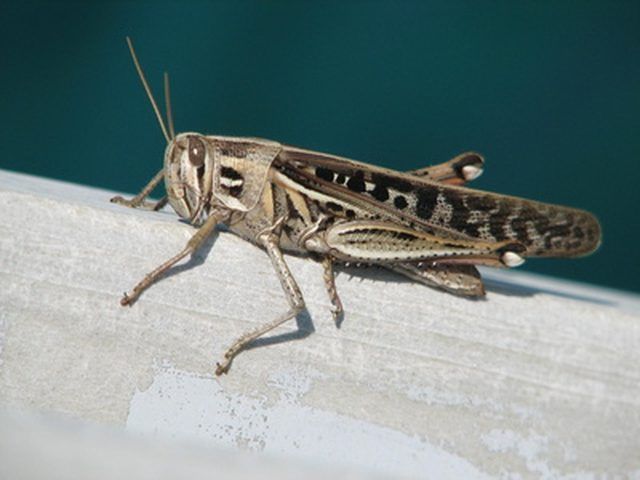Bulbs
Flower Basics
Flower Beds & Specialty Gardens
Flower Garden
Garden Furniture
Garden Gnomes
Garden Seeds
Garden Sheds
Garden Statues
Garden Tools & Supplies
Gardening Basics
Green & Organic
Groundcovers & Vines
Growing Annuals
Growing Basil
Growing Beans
Growing Berries
Growing Blueberries
Growing Cactus
Growing Corn
Growing Cotton
Growing Edibles
Growing Flowers
Growing Garlic
Growing Grapes
Growing Grass
Growing Herbs
Growing Jasmine
Growing Mint
Growing Mushrooms
Orchids
Growing Peanuts
Growing Perennials
Growing Plants
Growing Rosemary
Growing Roses
Growing Strawberries
Growing Sunflowers
Growing Thyme
Growing Tomatoes
Growing Tulips
Growing Vegetables
Herb Basics
Herb Garden
Indoor Growing
Landscaping Basics
Landscaping Patios
Landscaping Plants
Landscaping Shrubs
Landscaping Trees
Landscaping Walks & Pathways
Lawn Basics
Lawn Maintenance
Lawn Mowers
Lawn Ornaments
Lawn Planting
Lawn Tools
Outdoor Growing
Overall Landscape Planning
Pests, Weeds & Problems
Plant Basics
Rock Garden
Rose Garden
Shrubs
Soil
Specialty Gardens
Trees
Vegetable Garden
Yard Maintenance
How to Identify Cricket Species
How to Identify Cricket Species. Around 100 cricket species populate American habitats, according to Harvard University. You can distinguish crickets from grasshoppers by looking for long antennae and shorter wings. Crickets also tend to be nocturnal, while grasshoppers are frequently seen in the day. When it comes to telling different cricket...

Around 100 cricket species populate American habitats, according to Harvard University. You can distinguish crickets from grasshoppers by looking for long antennae and shorter wings. Crickets also tend to be nocturnal, while grasshoppers are frequently seen in the day. When it comes to telling different cricket species apart, you may have to look closer, or use other identifying signals. However, there are eight major cricket groups in the United States, according to the University of Florida. This makes identification a little easier.
Look for prominent, mole-like front legs and a light brown body. This is the mole cricket. Chances are you'll find the cricket in the ground or just on the surface near grass or crops.
Find bush crickets in southeastern regions of the U.S. No bush crickets exist in the western States and only two of 11 U.S. bush cricket species are found north of Florida, according to the University of Florida. Check for brown or gray coloring and long, spiny back legs.
Identify tree crickets by their white to green coloring, long antennae, and often large flattened wings. Tree crickets tend to make chirruping noises. Snowy tree crickets have black spots on their heads.
Strain your eyes to see the tiny ant cricket. This is the smallest U.S. cricket species, around a tenth of an inch long. Rarely seen in the wild.
Check the cerci at the back of a cricket. These are antennae-like protrusions, more prominent in males. Scaly crickets have large cerci in proportion to their body and a dark, scaly abdomen.
Search ground-level plants and grasses for ground crickets. Around half an inch long, ground crickets make intermittent high-pitched but soft noises, according to the Encyclopedia Britannica. Striped varieties have dark stripes along their bodies.
Spot sword-tailed crickets flying between plants in wetland areas. Look for well-developed wings that form a sword shape when closed. Wings may drop off when the cricket finds a suitable habitat for mating.
Check for crickets in your house. These may be field crickets, one of the most common species in the U.S., sometimes referred to as house crickets. Look for a stocky, dark body and very long antennae.